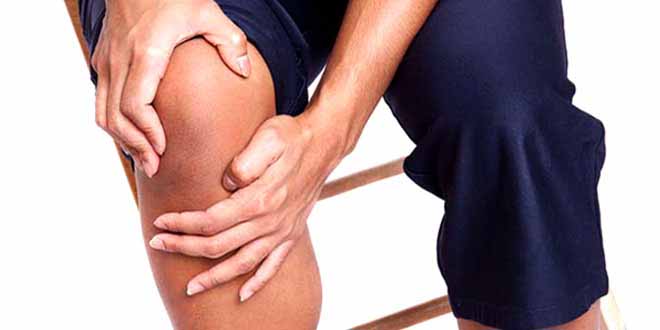
Is your grandfather complaining of joint aches more during this cold season? I bet yes! Cold, wet weather, changes in air pressure, and sleeping too much, decreased physical activity may all leave your joints feeling stiff and aching in the winter season. Many people with arthritis and other joint conditions claim that their joint pain worsens in the colder months, and there are a number of reasons why that may in fact be true.
Due to changes in the barometric, or air pressure, studies confirm that a drop in pressure is a factor in arthritic joint pain. This may explain how a number of arthritis sufferers can sense changes in air pressure and, therefore, the onset of rain and upcoming cold chilly weather. Javad Parvizi, M.D., Ph.D., of the Rothman Institute at Thomas Jefferson University Hospital, says you should believe your grandmother, friend or co-worker when they tell you it’s going to rain—simply because their knees, hips, hands or shoulders are aching more.”
It is believed that as air pressure gets lower and there is less atmospheric pressure, the soft tissue and ligament that surrounds the joints will expand and get inflamed. The surrounding tissue is packed with nerves nerves which would be stimulated by the swelling, and thus would cause increased pain.
Arthritis is a very common, chronic health problem and is second only to heart disease as a cause of work disability. It is an umbrella term that covers over about more than 100 different diseases that affect the joints and areas around it. Limiting basic physical activities like walking and climbing steps, arthritis affects people of all age groups, including children. Though there is no cure for arthritis yet, there are only ways to reduce the pain.
Below are the few tips to keep your joints happy during winters:
Keep weight in check
Arthritis patients should try to remain fit and health keeping their body weight in check. Excessive weight puts pressure on the joints thus causing increased joint pain. To prevent from joint pains try to remain within your Body Mass Index. If you are an arthritis patient, watch your diet and eat more vegetables such as lady finger and corm (arvi). Soaking 3-4 lady finger in water at night and drinking it up first thing in the morning also reduces arthritis pain to a large extent. Do low impact exercises such as walking or doing yoga to ease out your aching joints.
Calcium and vitamin D
Food usually doesn’t aggravate arthritis; such cases are rare. But incorporating these two elements in your diet are a must in order to prevent yourself from getting arthritis or in helping not to aggravate your arthritis condition. Calcium and vitamin D are a must, either as a part of your food or through supplements; eat a balanced diet with yogurt, cheese, milk and eggs.
Heat and cold therapy
Both heat and cold therapies are used to reduce pain and inflammation caused by arthritis. Heat therapy increases blood flow, soothes the inflamed area and builds up tolerance for pain and increases flexibility. Using hot packs or hot water bags on the inflamed joint reduces pain; a warm bath or shower also helps. Cold therapy numbs the nerves around the joint reducing pain. Thus giving temporary relief. Use cold packs, ice massages, over-the-counter sprays and ointments to cool the skin and joints.
Do yoga
Yoga is considered the best exercise for all kinds and degrees of arthritis. There are other exercises that help as well: stretching increase flexibility and relieve stiffness; strengthening exercises, such as swimming, increase muscle strength and protect the joints.
Keep your body warm
The pain worsens in humid and cold weather, so try and keep the body warm. To combat increasing pain during winters wear warm clothes, have your body massaged regularly. Do exercises that help your blood flow and keep your body temperature warmer.
Watch out what you do!
There are other simple measures arthritic patients can follow: use a cane while walking reduces the weight on a knee or hip; a shoe insert (orthotic) can ease foot or knee pain; a knee cap also helps you move flexibly; keep low seats at home, low beds and fewer steps can make your daily routine work easy and pain less.

